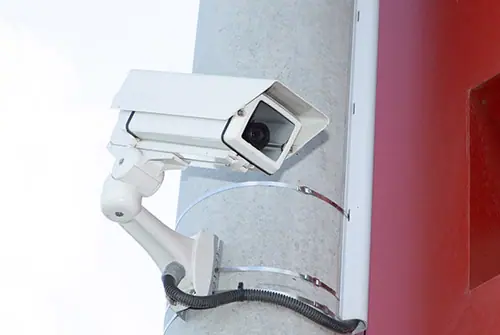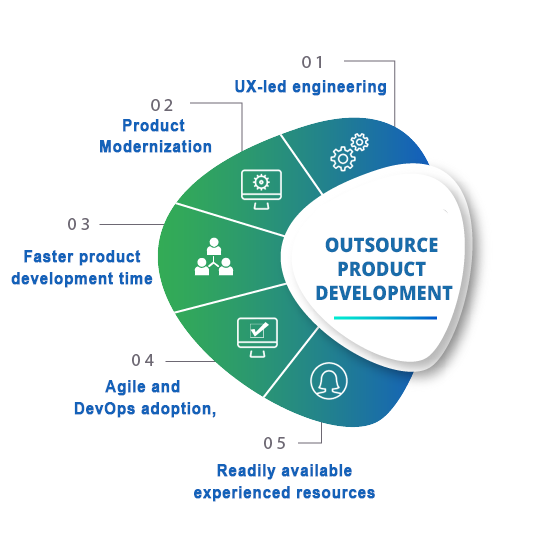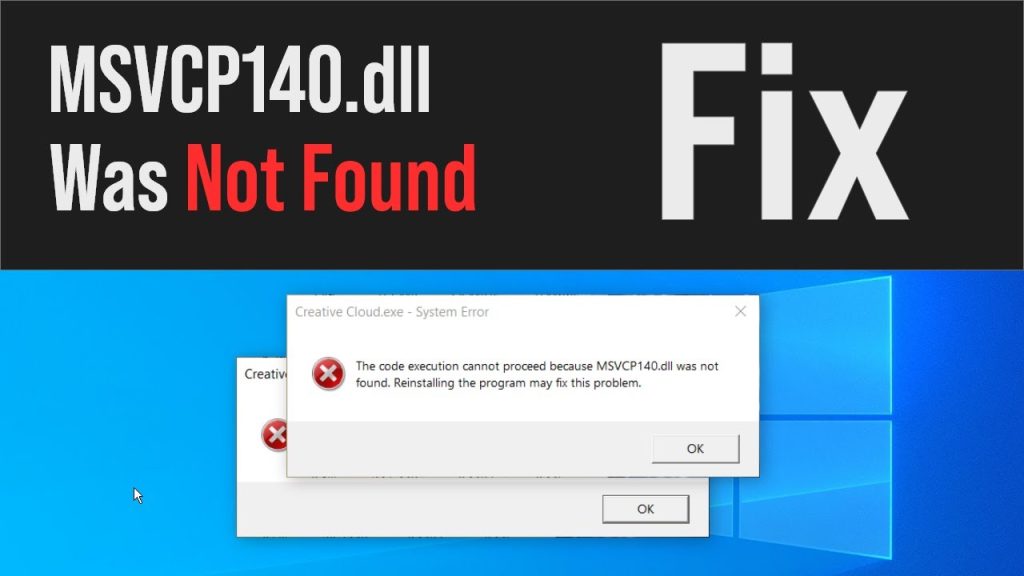Incident Response Metrics – How to Measure Success
Measuring the success of incident response is crucial for organizations to assess their readiness, effectiveness, and resilience in handling cybersecurity incidents. Several key metrics can provide insights into the overall performance and improvement areas within an incident response program. Firstly, Mean Time to Detect MTTD measures the average time taken to detect security incidents from the moment they occur. A lower MTTD indicates faster detection capabilities, which can minimize the impact and spread of incidents. This metric is often tracked closely to ensure early detection and timely response, thus reducing potential damages. Mean Time to Respond MTTR complements MTTD by measuring the average time taken to respond and mitigate incidents once they are detected. It includes the time required to investigate, contain, and eradicate the threat. A shorter MTTR signifies efficient incident handling processes and swift resolution, preventing further escalation and reducing downtime or data loss.

Another critical metric is Containment Effectiveness, which assesses how effectively security teams isolate and stop the spread of incidents. It indicates the ability to prevent the escalation of threats and limits their impact on systems and data. The Incident Response Blog High containment effectiveness suggests robust incident containment strategies and rapid response actions. Incident Closure Rate measures the percentage of incidents successfully resolved compared to those detected. A high closure rate indicates effective incident management practices, including thorough investigation, resolution, and post-incident analysis. It reflects the organization’s ability to efficiently handle incidents from detection through to closure, ensuring minimal residual risks. Response Team Efficiency evaluates the efficiency of incident response teams in terms of resource utilization and coordination during an incident. Metrics such as the number of incidents handled per team member, average response time per team, and adherence to response protocols provide insights into team performance and operational effectiveness.
Post-Incident Review and Lessons Learned are crucial metrics for continuous improvement. They involve evaluating how well incidents were handled, identifying gaps or weaknesses in response processes, and implementing corrective measures. Regular reviews and updates to incident response plans based on these insights enhance preparedness and response capabilities over time. Compliance with Response SLAs Service Level Agreements ensures that incident response activities meet predefined objectives and timelines. Metrics related to SLA adherence, such as response time targets and resolution timelines, help monitor compliance and ensure that response efforts align with organizational expectations and regulatory requirements. Training and Awareness Effectiveness metrics assess the impact of training programs on improving incident response readiness among employees. Metrics may include the frequency of simulated incident drills, participation rates in training sessions, and feedback from employees on their preparedness to handle incidents. Financial Impact Assessment quantifies the financial implications of incidents, including direct costs e.g., remediation expenses, fines and indirect costs e.g., reputational damage, productivity loss. Understanding the financial impact helps prioritize investments in incident response capabilities and justify resource allocations for prevention and mitigation efforts.





